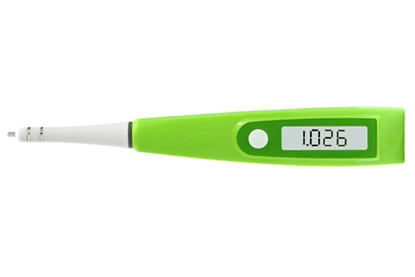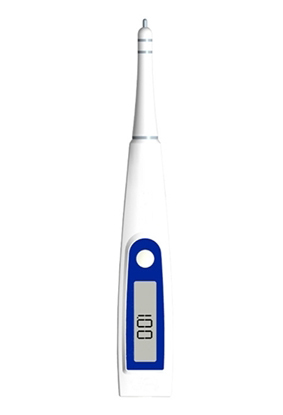How does Water Quality Tester Measure Turbidity?
Turbidity is one of the most important parameters when using water quality tester to measure the water quality of the natural environment. However, many people do not fully understand the details of turbidity measurement. Here is how does water quality tester measure turbidity.
The water quality in the natural environment is easily affected by some suspended particulate matter, and these suspended particulate matter can be measured by a water quality tester to get a specific value, that is, turbidity. In general, turbidity is closely related to climate or surface water conditions, so if you want to know whether the environmental conditions of lakes and rivers have changed, you can judge by measuring the turbidity of the water.
The commonly used water quality tester can analyze the parameters of suspended particles in water through the refraction of light waves, and the turbidity of water can be accurately obtained by calculating the obstruction rate of suspended particles to the effect of light transmission. However, as long as it is a measurement, there will be interference. And the interference in the measurement of turbidity mainly comes from the wavelength range of the light source, the bubbles in the water and the angle of light scattering, etc. However, it should be noted that turbidity measurement does not measure the total amount of suspended particles in water, but the amount of light transmittance or refraction of suspended particles in water.
Turbidity measurement is an important indicator for many industries and applications, and it directly affects the output of industrial production. In fact, as the optical characteristics of water, turbidity is one of the difficult parameters to measure. Therefore, in order to obtain accurate turbidity, we must rely on professional water quality testers instead of relying on visual subjective measurement. There are three modern methods for measuring turbidity, of which two are for measuring total suspended solids. The most commonly used are the turbidity meter and the Doppler, whose advantages are the large range and high accuracy. Generally, the turbidity parameters obtained by the water quality tester can be used to evaluate the water quality or the efficiency of water filtration.
Of course, when measuring turbidity, it will also be interfered by some external factors. Here are three major factors that affect the measurement of water quality turbidity.
1. The process of measuring turbidity by a water quality tester is the process of determining the scattered light rate of suspended particles in a liquid medium. The intensity of the scattered light depends on the concentration of the particles and the astigmatism effect of the particles, followed by the shape and size of the particles. Visible light with particles less than 1/10 wavelength, scattered light is symmetrical. Larger particles (usually larger in diameter than the wavelength of visible light) have asymmetric scattered light. Therefore, in the measurement of turbidity, the angle of scattering must be considered.
2. When we apply the turbidity measurement method of the water quality tester, we can refer to a measurement range. For example, many breweries need to test the number of particles containing yeast in light yellow water, so the angle and the absorption of the light source must be considered during the test. Although some light absorbing substances or fluorescence present in the water will affect the measurement of turbidity, this interference can be minimized by other light rays longer than visible light waves (such as near infrared rays <860nm) during operation.
3. When measuring the turbidity of water quality, bubbles will appear to interfere. In this case, pay attention to choosing a suitable installation point of the water quality tester to reduce the interference of bubbles.



